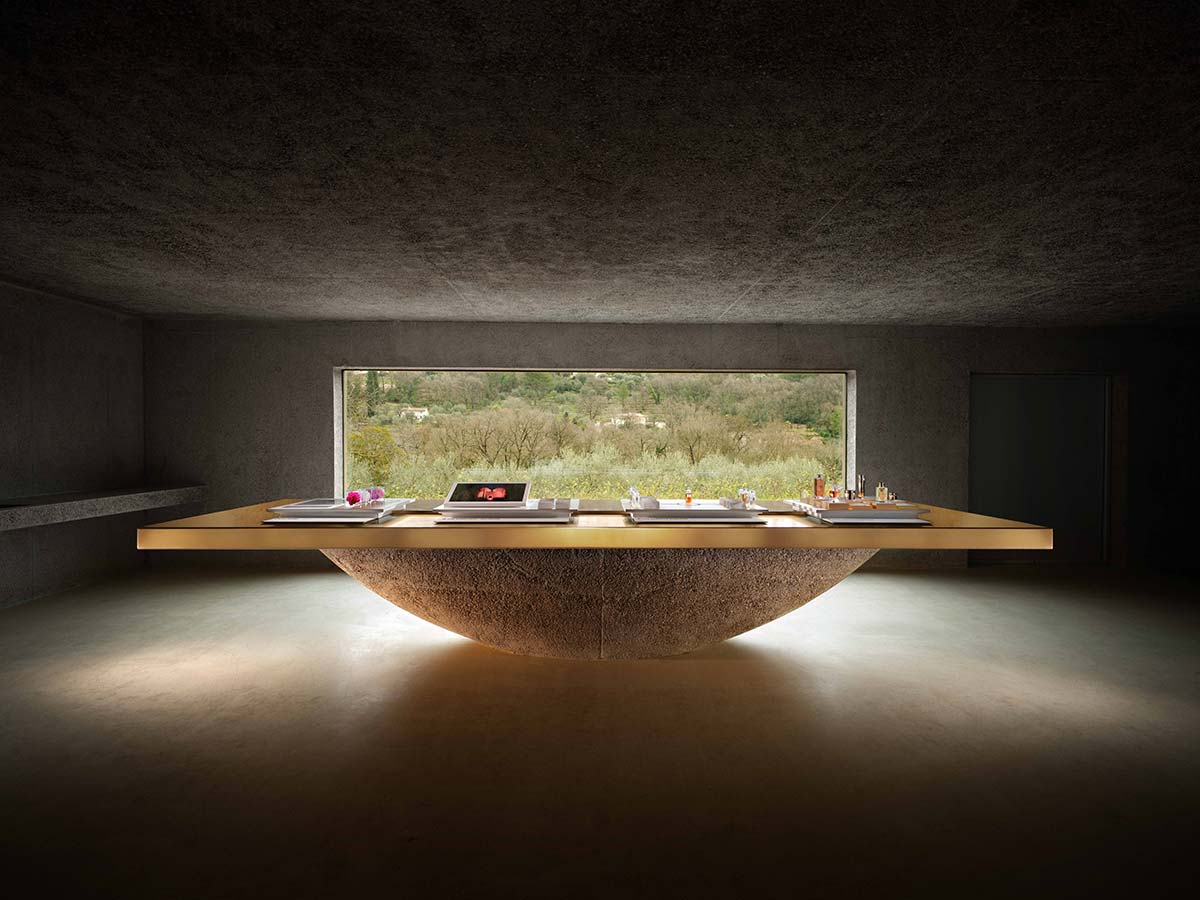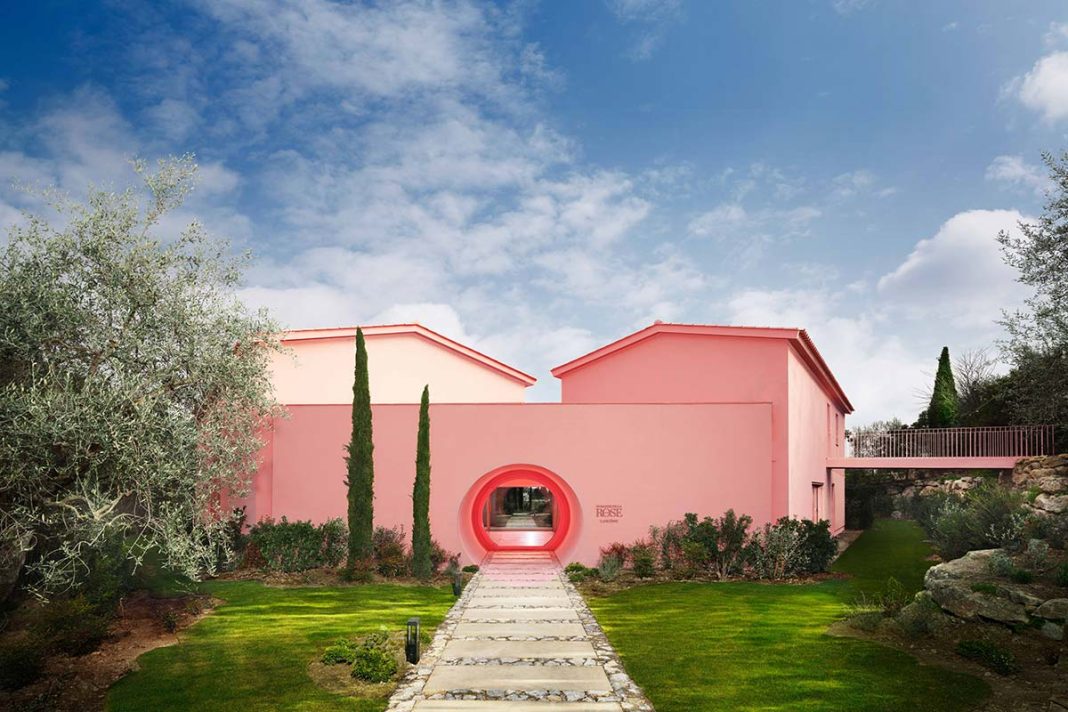At Grasse, in Provence, perfume is an asset listed and protected by UNESCO. Not by chance, this is the location of Domaine de la Rose, the estate of the house of Lancôme, operating for nearly 90 years in the creation of fragrances and the conservation of the natural and cultural heritage of perfume. Four hectares, with Ecocert certification, in which Lancôme applies methods of organic farming and polyculture for the regenerative growth of various aromatic plants. The estate is also an incredible site for innovation and research on biodiversity, with over 250 species of flora and fauna (source: LPO 2021 inventory). A treasure that should be preserved and passed on to the future.
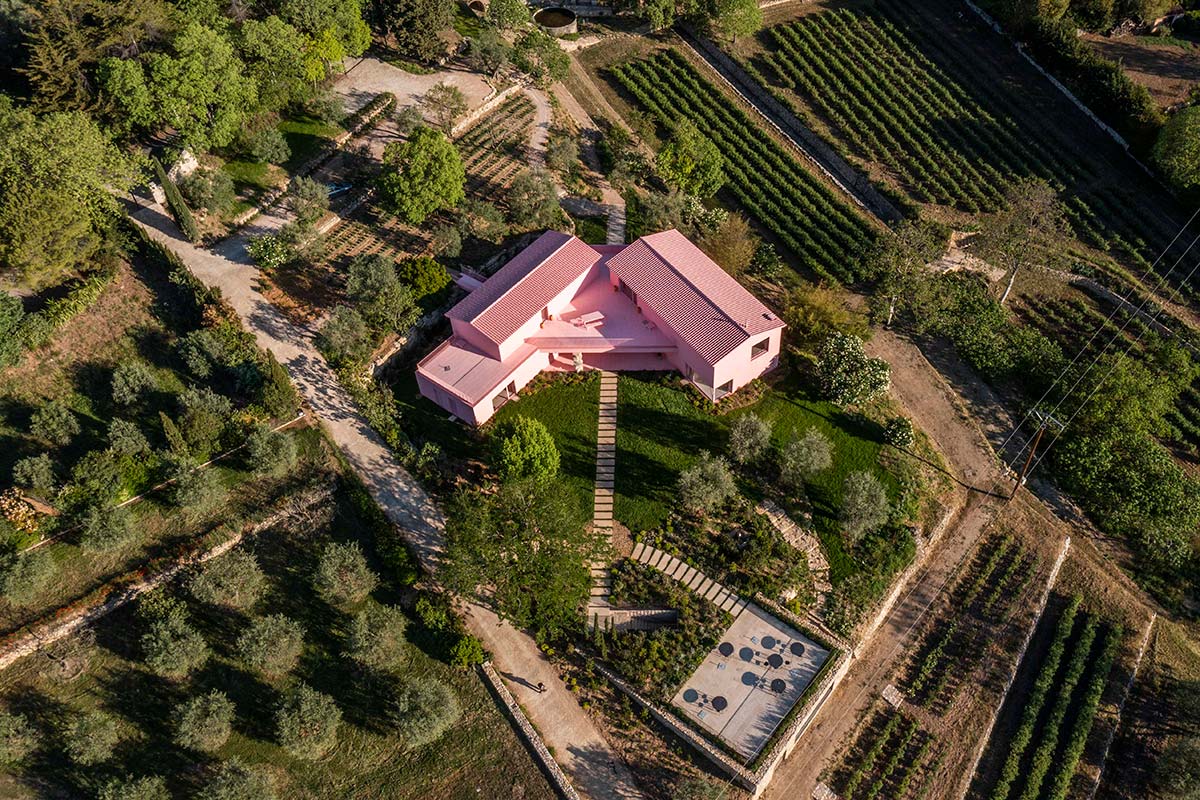
Hence the decision of Lancôme to renovate the Rose House, inside Domaine de la Rose, positioned at the center of an uncontaminated field of lavender, rose bushes and olive trees. The aim is to make the facility open to the public – sector professionals and others – with training sessions, workshops, screenings and events for knowledge of the tradition of the site and the company, the processes of perfume creation, and regenerative agricultural practices.
The designers Lucie Niney and Thibault Marca of the studio NeM Architectes began by conserving the original structure and surfaces, giving the building a monochromatic rose hue inspired by the Rosa Centifolia, and a circular entrance to suggest the ‘Ô’ of Lancôme. A contemporary monolith, designed in keeping with the principles of eco-sustainable architecture, of course, using local, recycled materials of organic and crafted origin.
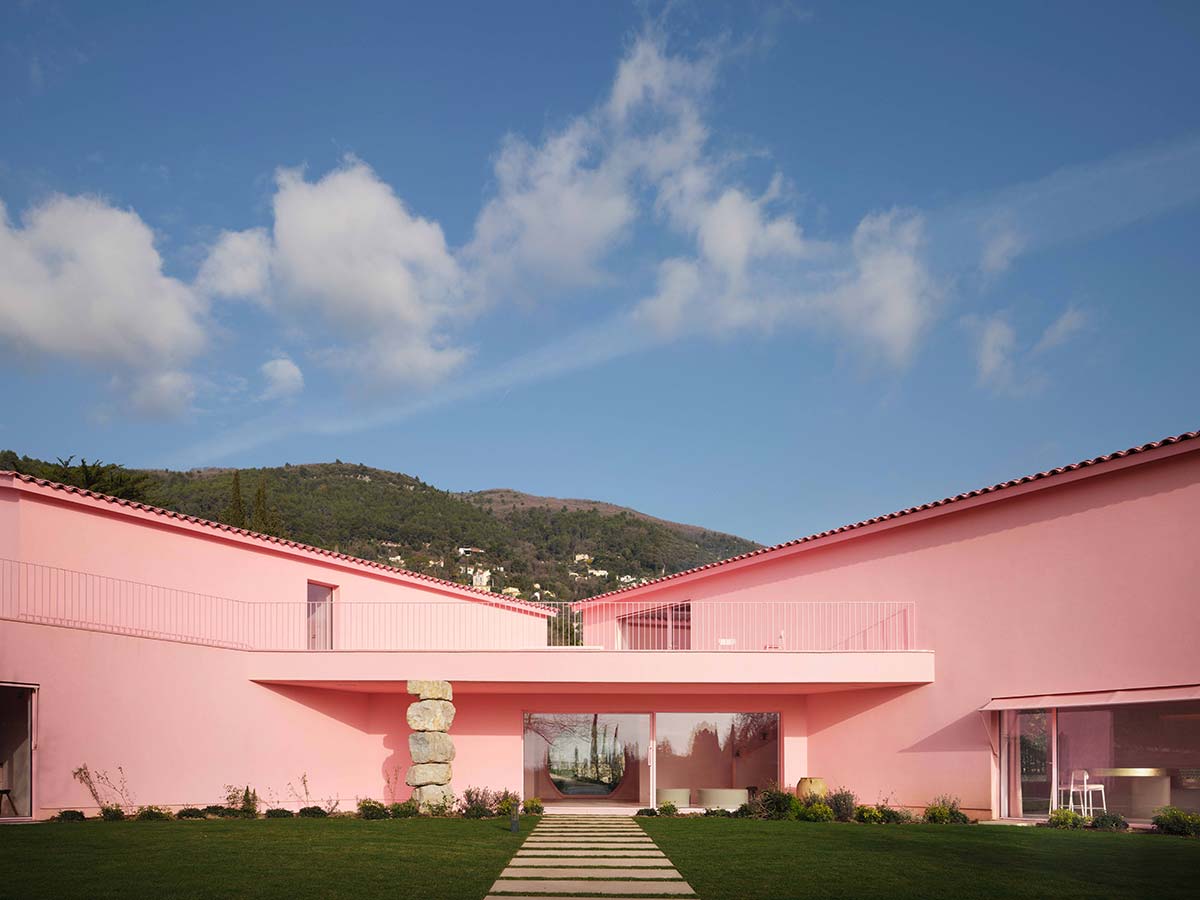

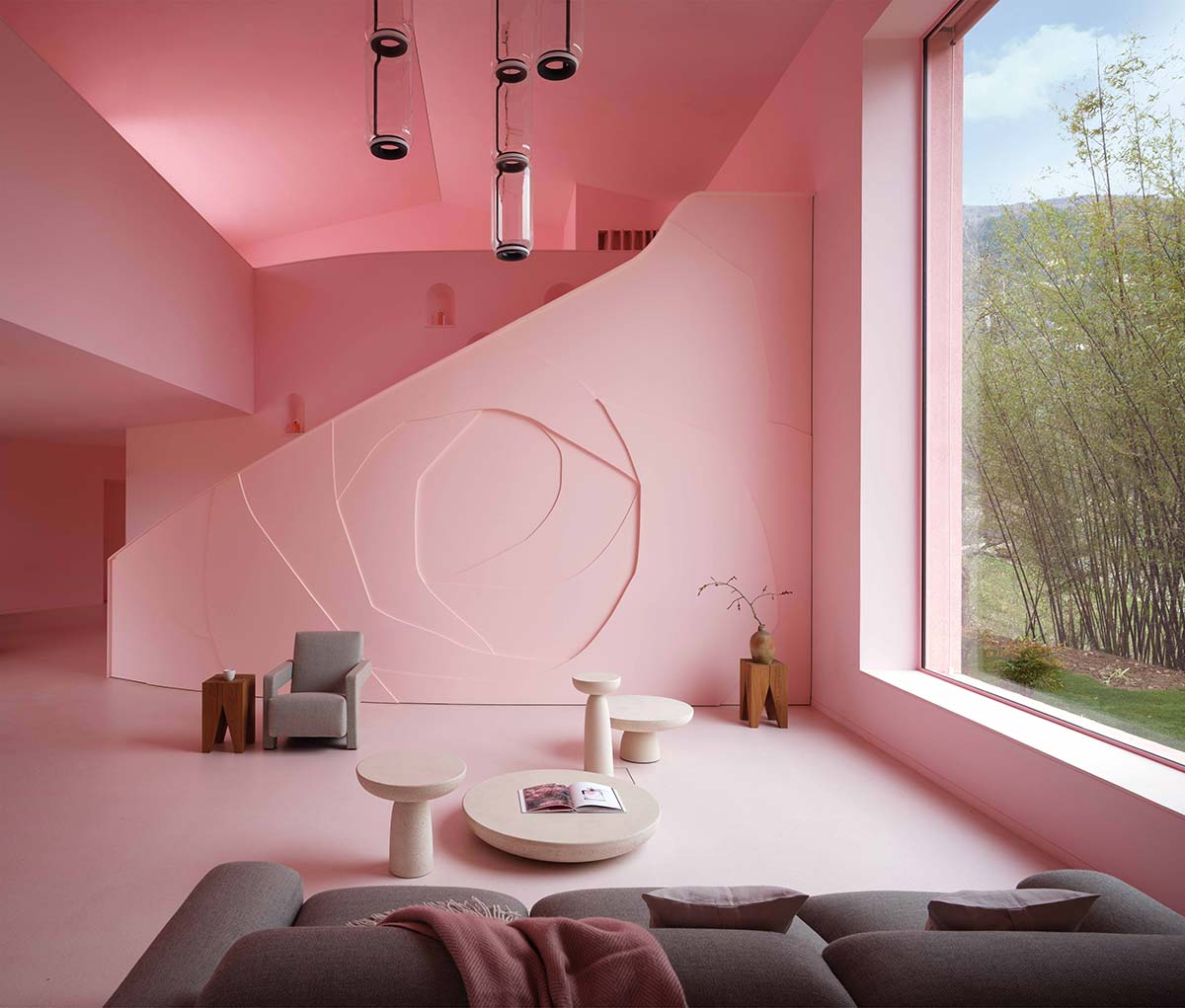

The low-impact approach significantly reduces the carbon footprint of the project. Starting with the passive bioclimatic system. The walls are insulated from the outside with lavender straw harvested on the estate, while the roof is thatched with Camargue rice straw. A geothermal heat pump and a Canadian well limit the need for air conditioning in the summer and heating in the winter. The energy utilized is completely green, with natural lighting during the day and high-efficiency LEDs in the evening.
Inside, the contemporary furnishings respect the heritage of the site and pay tribute to local crafts (chairs by Editions Midi, ceramics by La Borne). There are two remarkable high points of the Rose House: the perfume organ created by the historic Atelier Gohard, which contains hundreds of materials utilized in the creation of fragrances; and the educational distillery, set below ground level to guarantee thermal inertia, and completely inserted in the network of container walls, blending with the natural landscape. The architectural design is now in the phase of BDM certification (Bâtiment Durable Méditerranéen, or Sustainable Mediterranean Building).
Photo © Laziz Hamani, Bruno Vacherand-Denand, PassageCitron
